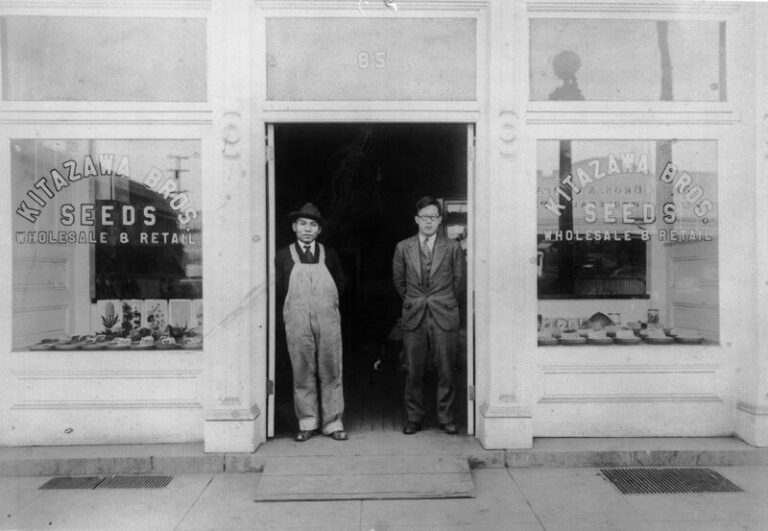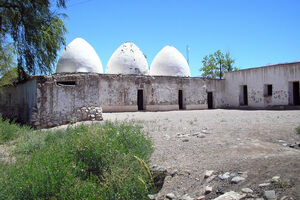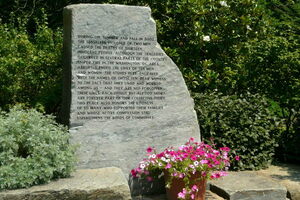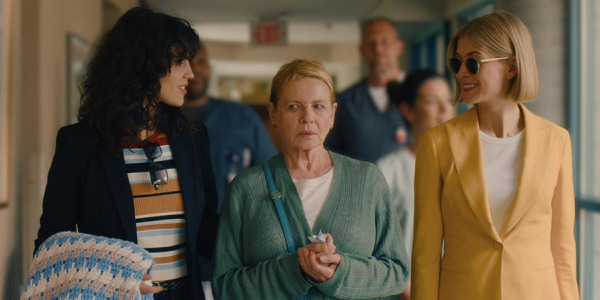Store for Unfinished Foreign Territory in Nafplio, Greece
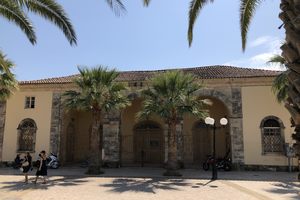
Shortly after Greece won independence from the Ottomans, the need to start organized commerce arose quickly. With Nafplio operating as the capital of the new Hellenic State, a new customs house was determined to be a high priority. A facility was constructed to handle the higher level of traffic then entering the port.
Records are unclear, but the building is believed to have been designed by famous Greek architect Stamatis Kleanthis. Kleanthis was the Public Engineer of Greece just prior to this time and was a highly respected architect educated in Leipzig and Berlin. He designed many of Athens’s well-known buildings and there are many similarities between these and the customs house. His presence in the area is what led many to believe he was the architect. Land acquisition and design work appears to have begun around 1830, with the building opening on a limited basis until its official opening in 1835. It was known as The Store for Unfinished Foreign Territory.
The building was a simple design, rectangular in shape and fully symmetrical, including doors and windows. It was large (a full city block) and made completely of isometric stone. The façade is divided into three sections, with an impressive front arcade supported by two large pillars. The building has visible exterior cornerstones and is topped with a four-cornered roof with stone cornice. At the time, the customs house was the most impressive building in the port and was perceived by some as intimidating and by others as having a special sense of balance and harmony.
The customs house continuously operated until 1999, at which time official operations were moved and the building was left abandoned. In 2004, the building was conditionally granted to the local Nafplio municipality, however, conditions were never fulfilled, so it reverted back to the Greek government.
In 2012, the Greek Coast Guard and Ministry of Justice requested the building, however, neither submitted a suitable plan and it remained in government control. In 2014, the Ministry of Culture requested use of the building to host special events. Permission was granted, yet it still sits vacant.
The Store for Unfinished Foreign Territory is ignored by most, and sadly, serves mostly as a storage area for bicycles and scooters.
